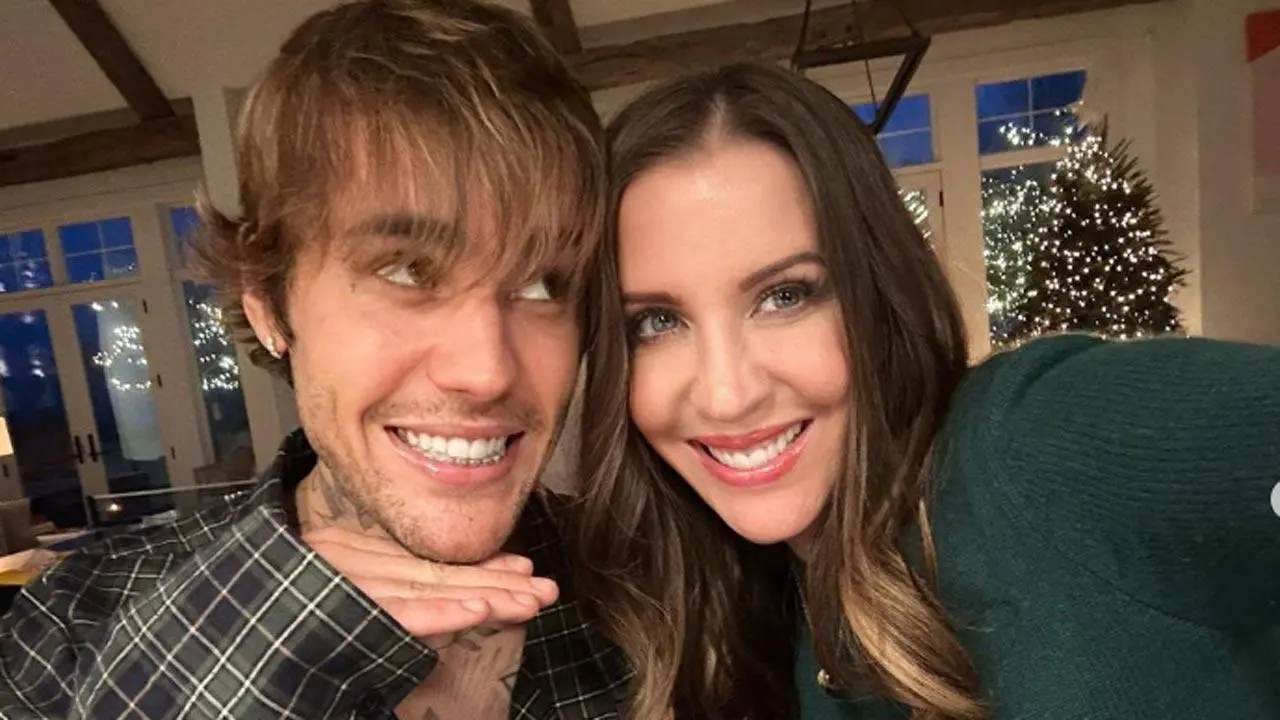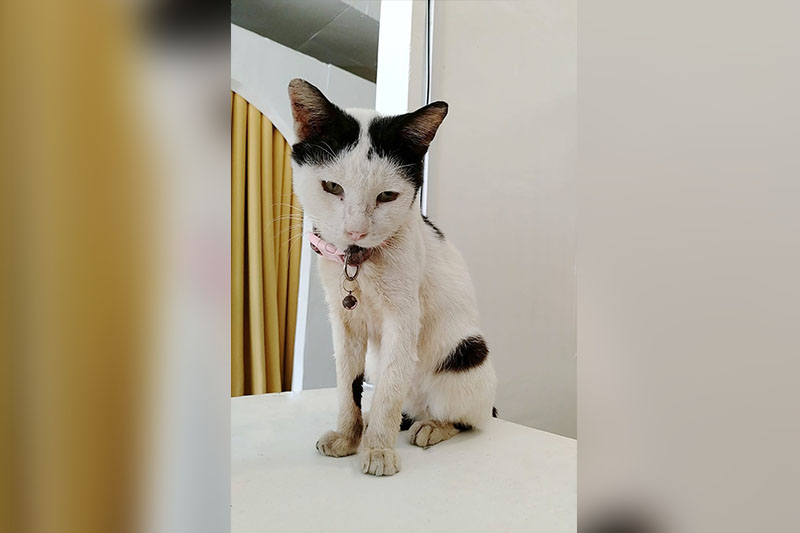“ Lady in the Lake ” is a study in contrasts. It begins with an appropriately ominous cold open of a corpse being thrown into dark, cold waters outside of Baltimore while the victim herself ( Moses Ingram ) narrates that a collision of worlds is coming between her and the Jewish housewife ( Natalie Portman ) who will find her body. Already, that’s a lot.
But coming back from the credits, there’s then a seedy, slightly comic spectacle of a hungover guy in a silver beanie and gigantic cardboard mailbox costume (the ‘60s sure seem weird?) pissing in an alley before jogging back out onto the street and into formation as part of a Christmas Day parade. Then there’s director Alma Har’el’s camera, weaving and dancing its way through the crowded chaos, never quite positioning us in one place or one perspective. Tonally and visually, Har’el continually keeps the audience off-balance.

Har’el told IndieWire that this Apple TV+ show was a way different experience in scope and ambition to her previous film and music video work (one wild episode of “Dave” notwithstanding), but that she was inspired to do something that combined the rich detail and precision of a period piece, the magnetic pull that True Crime has (apparently in all times and places), as well as something that’s a little bit dreamy and surreal. Connecting all those pieces had to happen through controlling the rhythm of the edit and spotlighting the shifts in intensity of the actors’ performances. “I was really lucky to work with Natalie Portman who is just masterful at shape-shifting and tone-shifting,” Har’el told IndieWire.
“Same with Moses Ingram, who dropped into [the show] with no prep and immediately started swimming in this world that was very kaleidoscopic.” Some of the chimera-like shifting that the actors and the series did arose out of the production schedule itself, too; “ Lady in the Lake ” was cross-boarded, and therefore not shot in episode or series chronological order. “You were doing a lot of character work and then you were doing a lot of dense sequences and then you were doing a lot of fantasy,” Har’el said.
“They had to constantly shift and jump on the timeline and style of the show.” But that boiling mix of modes and tone really allowed Har’el and the actors to play with performance, and push it into interesting places. “The actors were all incredibly committed — I’m thinking about Dylan Arnold, who dropped so much weight in order to play Stephan and had to dance and to be such a dark character and he manages to capture the internal life of of this character, but it’s such a hard thing to empathize with because of what he does on the show,” Har’el said.
Even in the smallest moments, Har’el stylistically and tonally shuffles our expectations in order to get us closer to the character. Club singer Dora (Jennifer Mogbock) is supposed to go on stage but is too drugged out to really perform — or at least in normal, four-four time. Ingram’s Cleo Johnson (before she ends up doing voiceover from the bottom of a lake) saves her friend from the wrath of the club’s unsavory owner (Wood Harris) by getting the band to play a slowed down, deeply moody version of The Supreme’s “Please Don’t Leave Me.
” The dripping molasses pace of the song allows Har’el the excuse to do a level of gorgeous, reflective lighting and slow push-ins that open up the character. The scene’s construction allows us to see both her pain, and the way that her singing transcends it. “I produced that song with Dan Tannenbaum, who was a producer on Kendrick Lamar’s last two albums,” Har’el said.
“He was an incredible partner to me to achieve this kind of performance with Jennifer Mogbock, who was wary of attempting to sing like that. She thought she might not have the right vocals for it, but it’s just hypnotizing. You could feel the pain of time passing and all of the events suddenly come to a stop.
” Har’el finds ways, some sneaky and smooth and some jarring and overt, in order to shake our sense of time and make us look at the actors’ performances in slightly different ways, so that we can’t quite watch “Lady in the Lake” as a whodunnit. “To me, for each character, the question is who and what murdered something within myself. What is it in myself that has died or is dying and that I need to attend to in order to survive or to follow my dreams? That’s a question which is really important to me,” Har’el said.
.



















